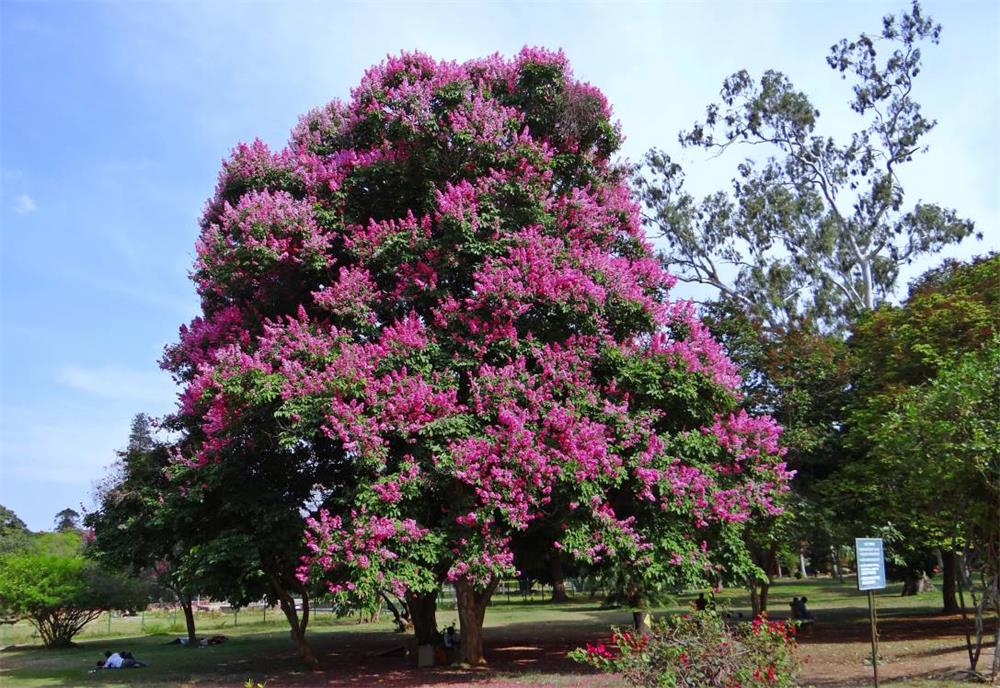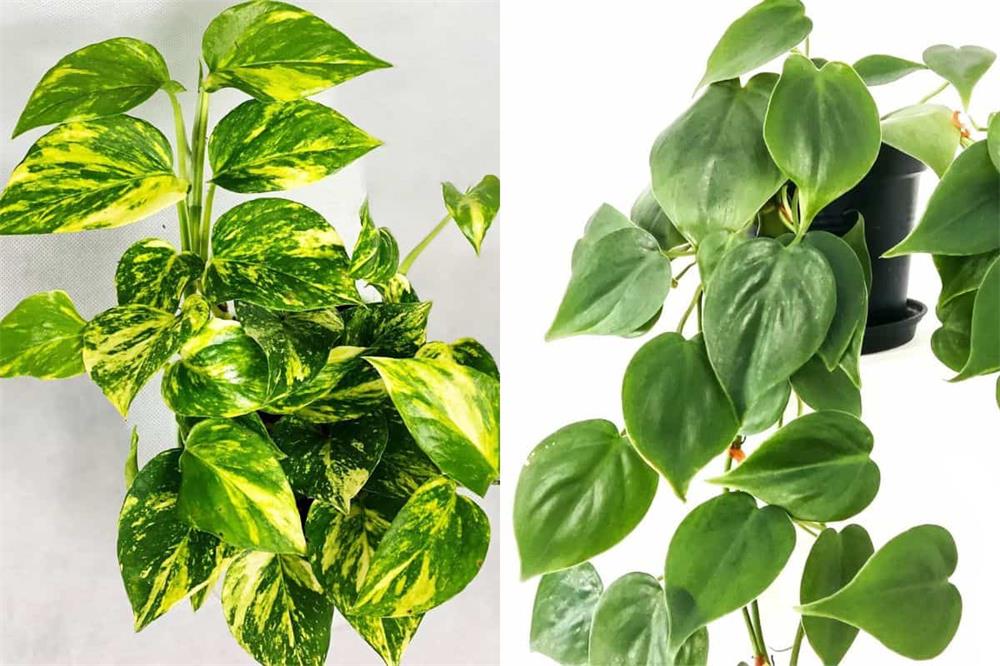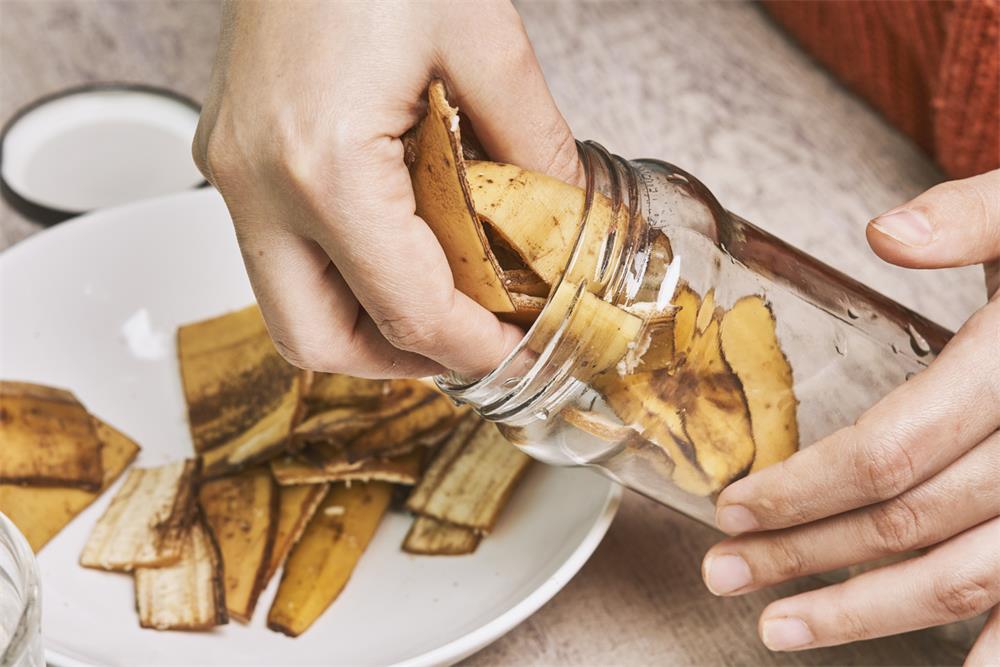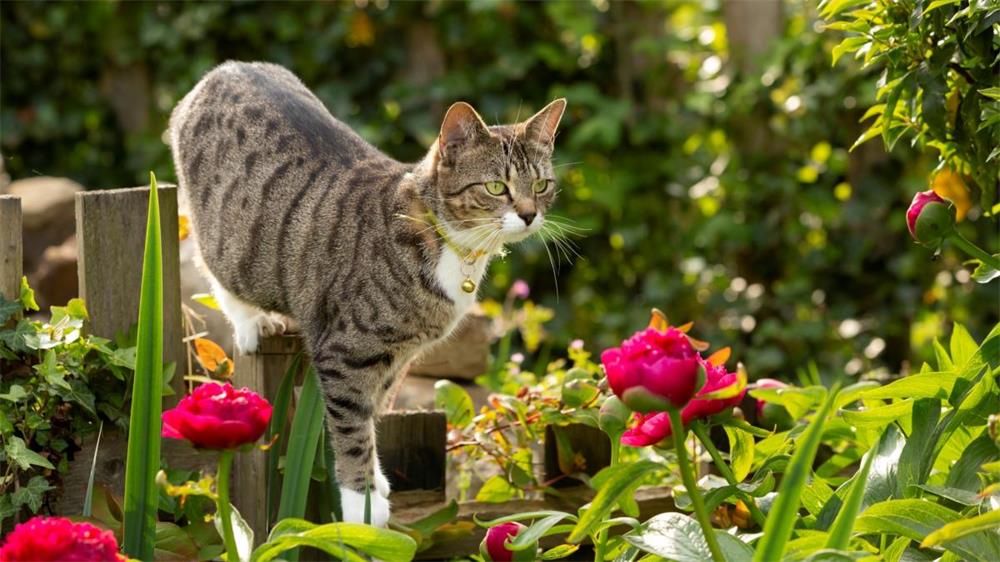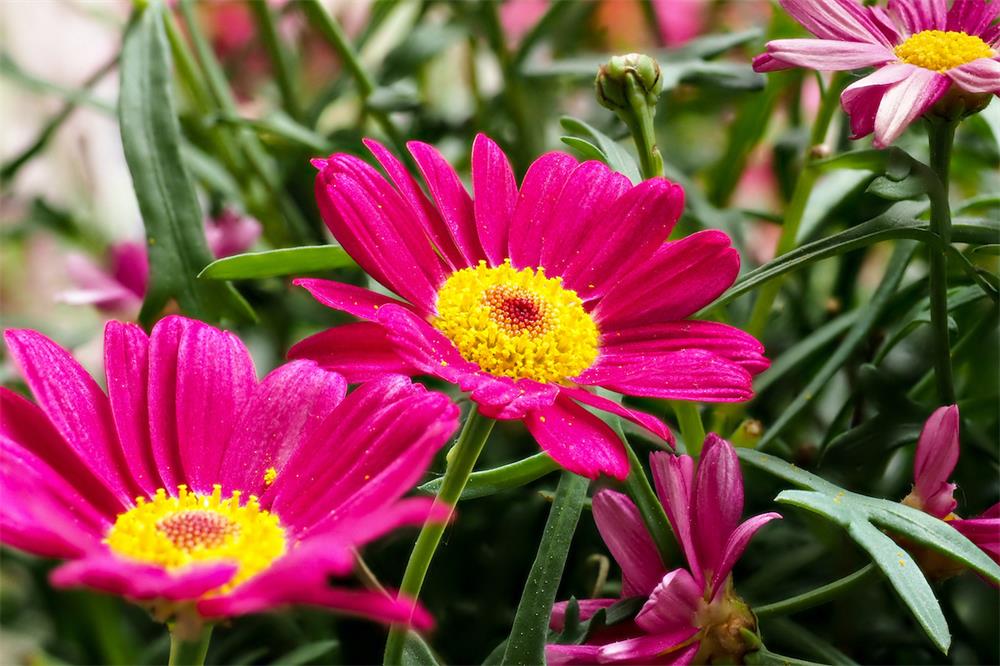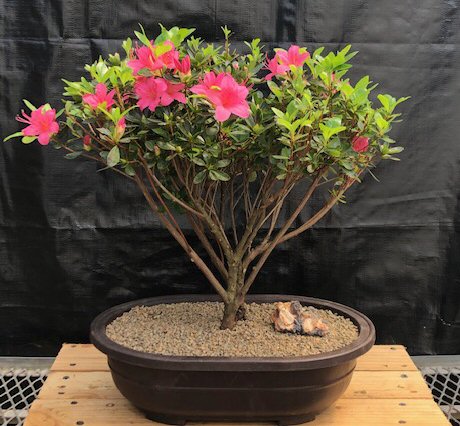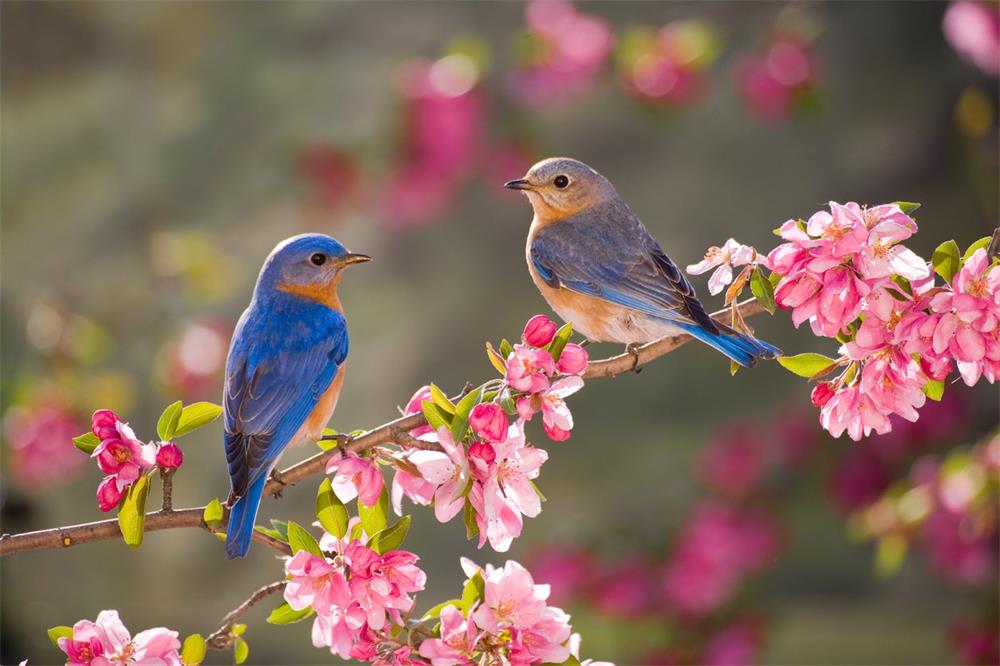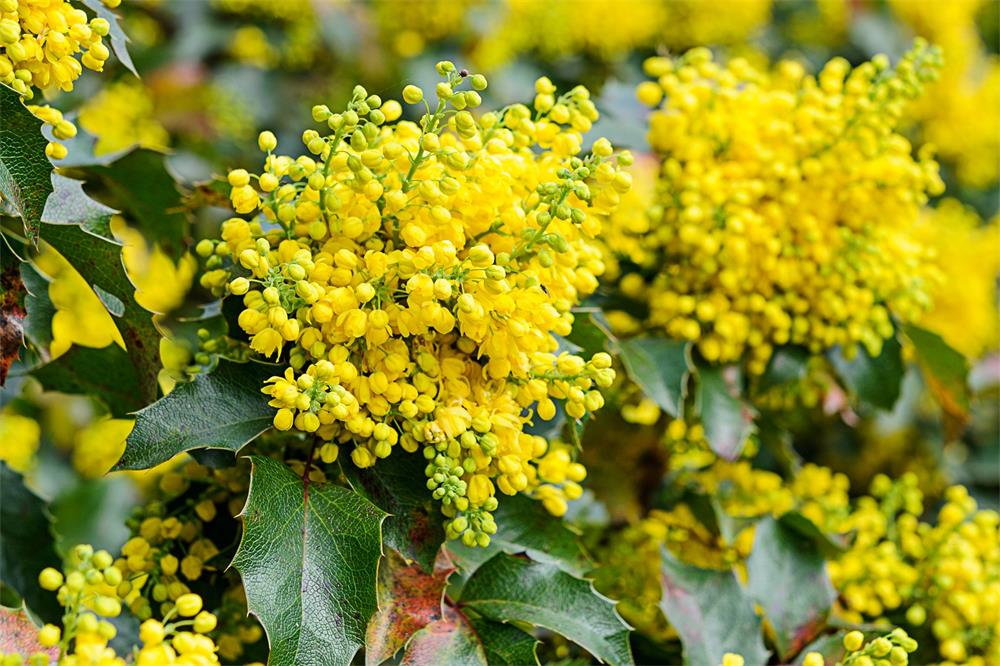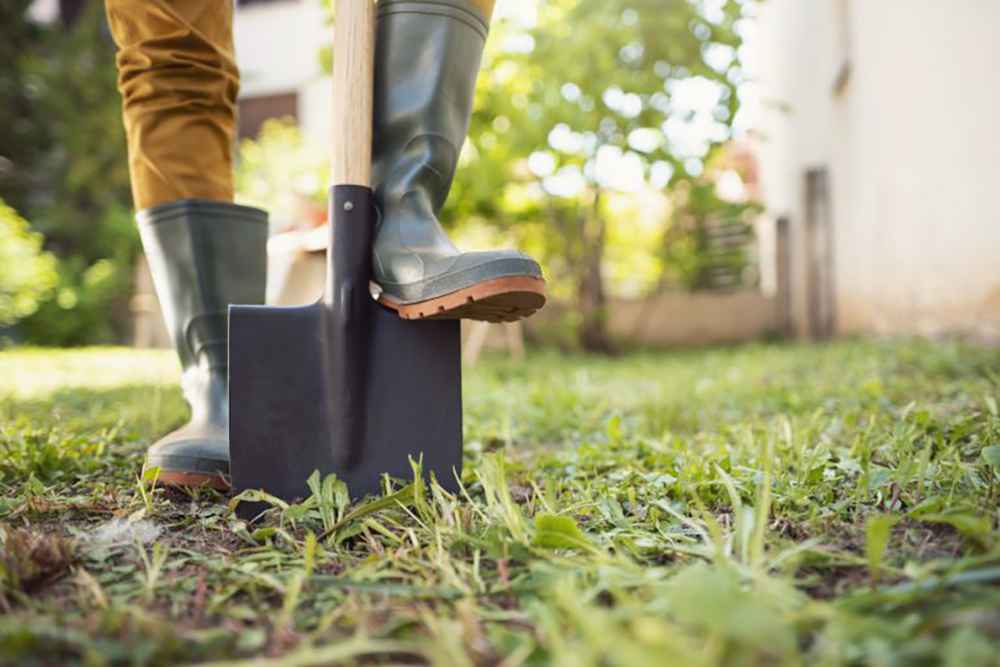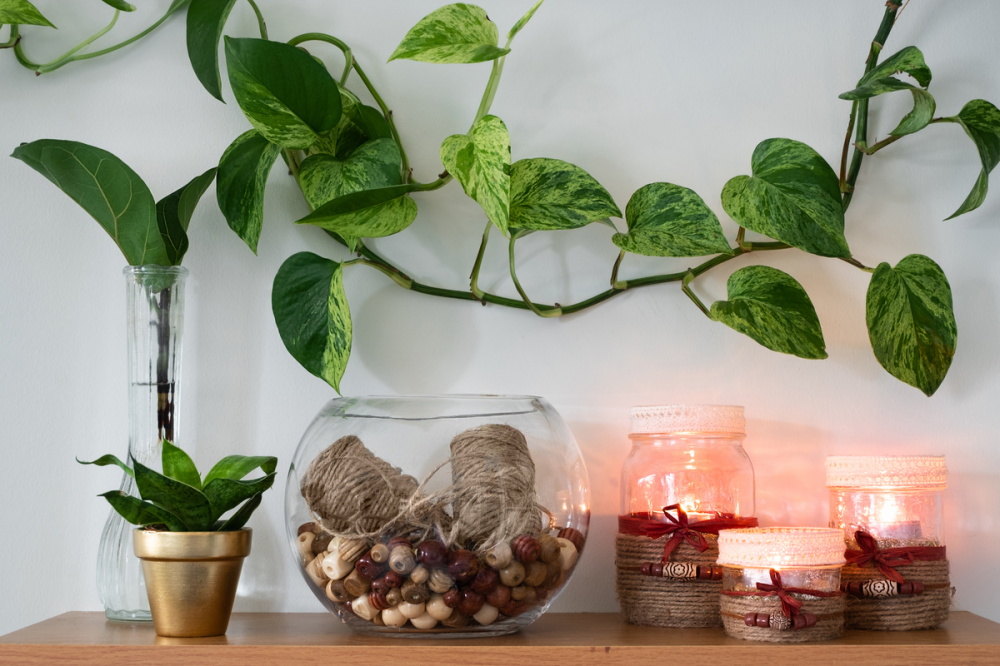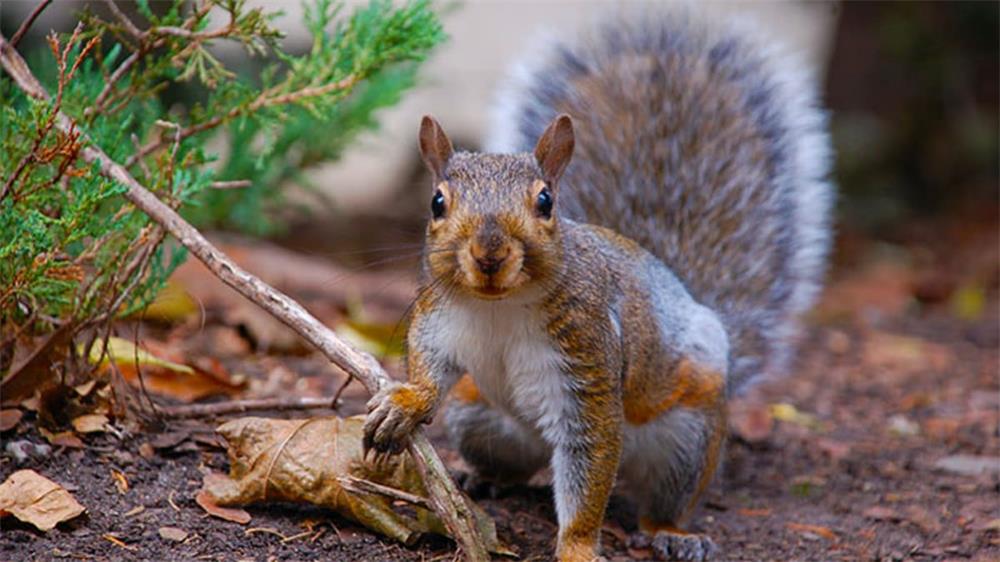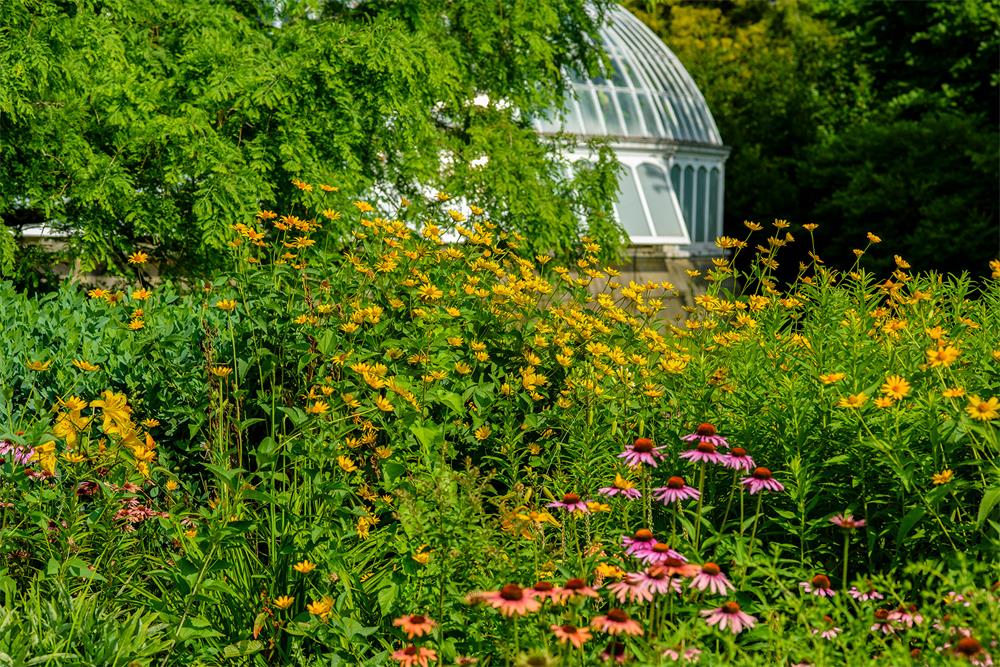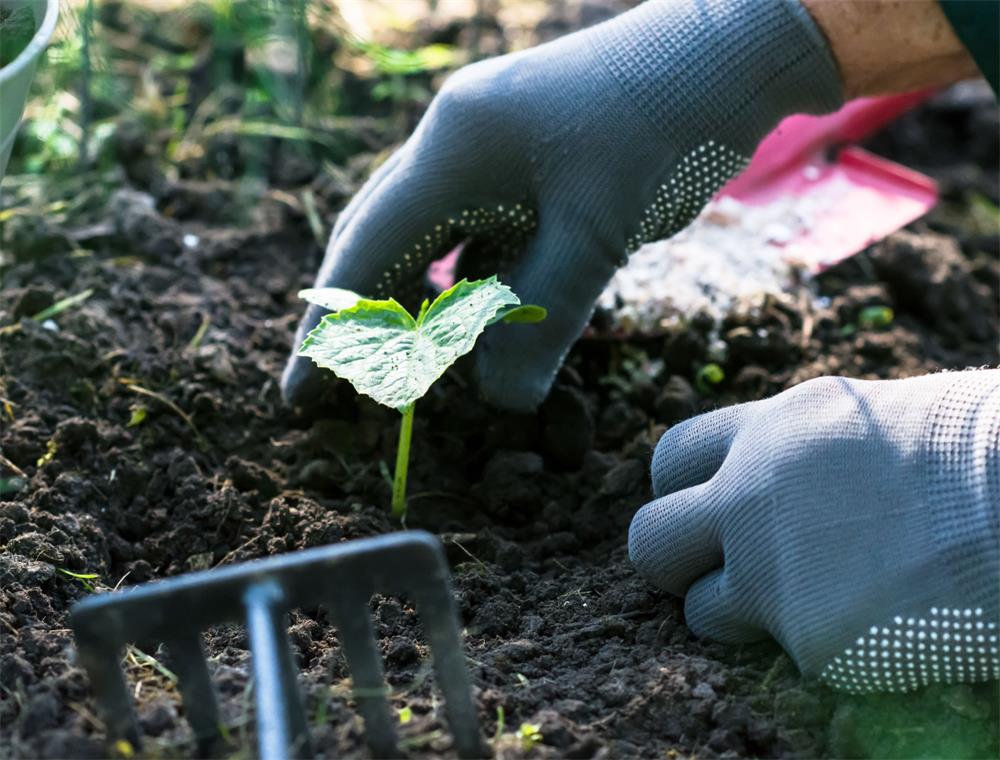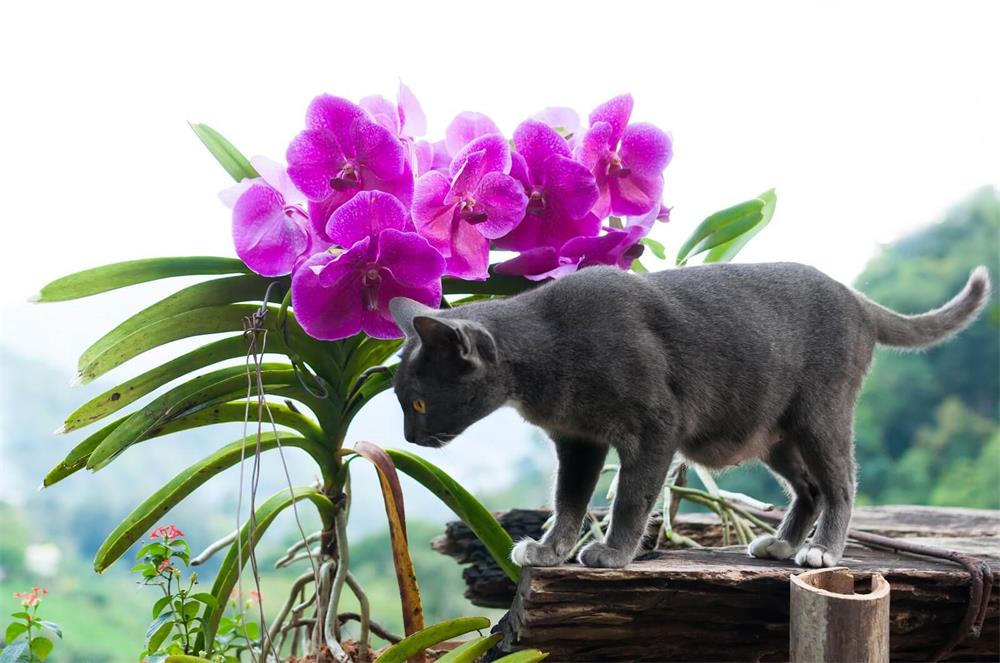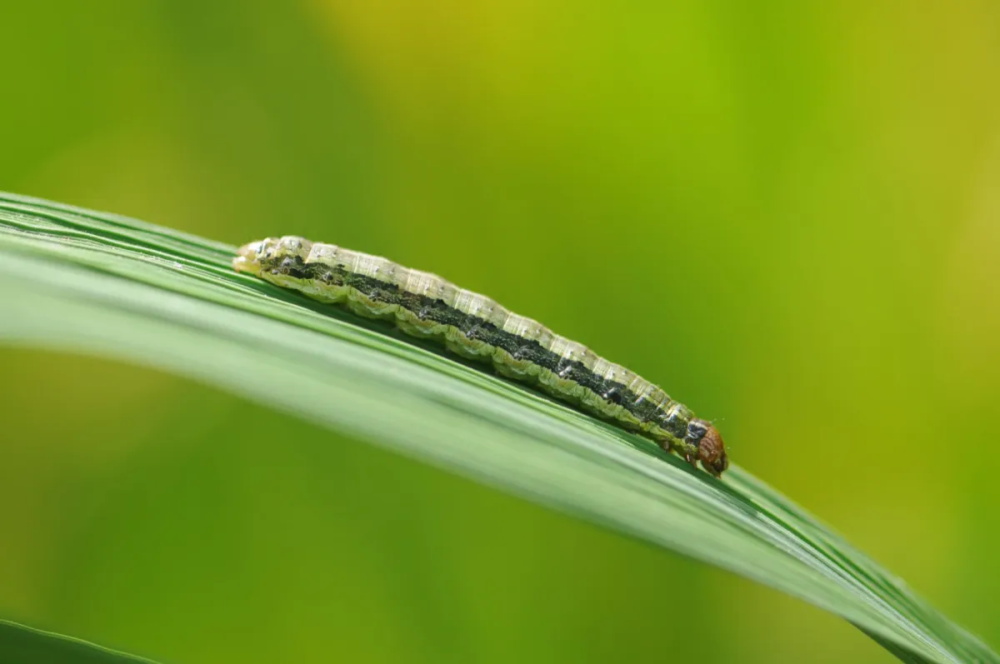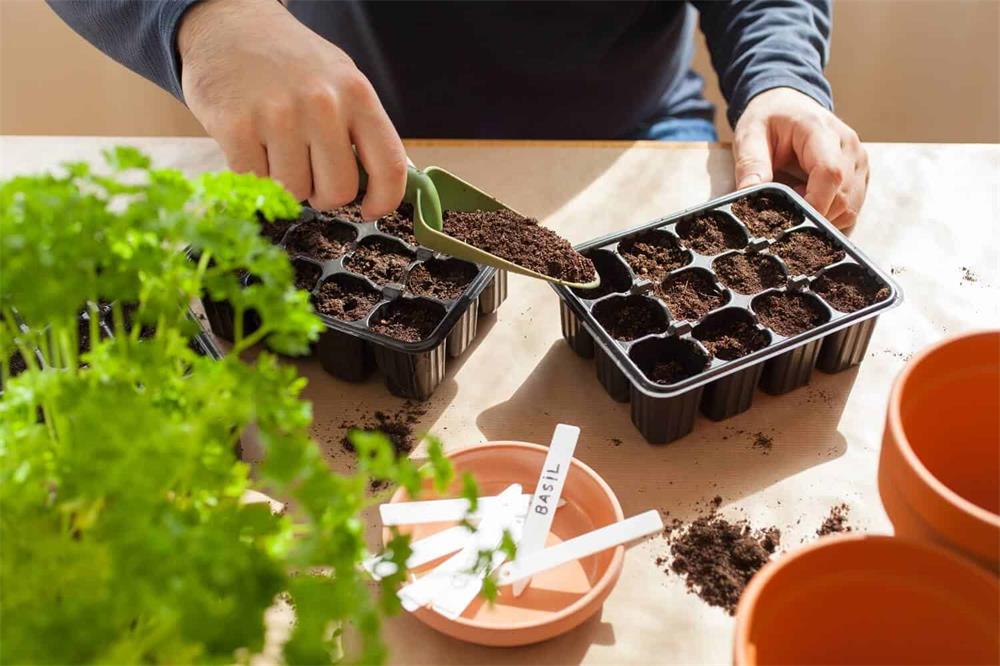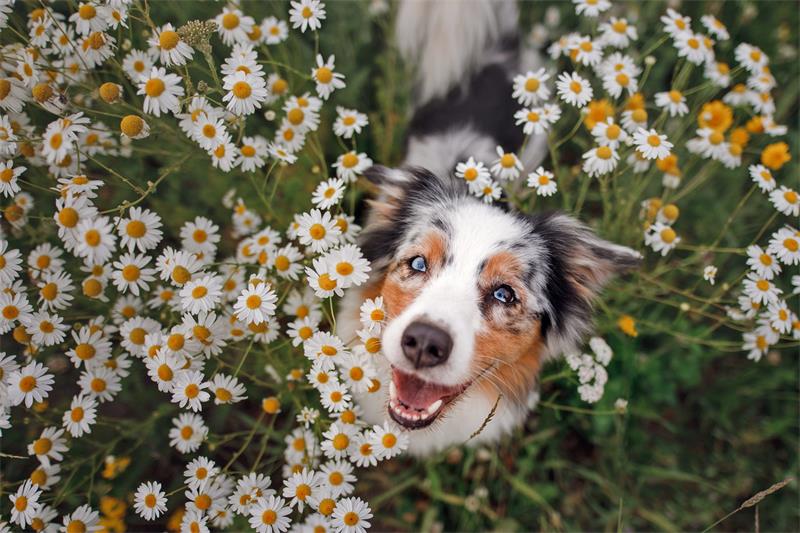
If you love gardening and dogs, you might face a dilemma: how to keep your furry friends from ruining your beautiful blooms. Dogs can cause a lot of damage to flower gardens, from digging and chewing on plants to urinating and defecating on flowers and around plants. This can not only harm your plants but also create a mess and an unpleasant odor.
Fortunately, there are some ways to prevent dogs from entering or damaging your flower gardens, without harming them or your plants. Here are some tips and methods you can try:
- Understand why dogs are attracted to flower gardens. Before you can effectively deter dogs from your flower gardens, you need to know what makes them interested in them in the first place. Dogs are curious and playful animals, and they might see your flower gardens as a source of fun and stimulation. Some of the reasons why dogs are drawn to flower gardens are:
- They smell your presence. Dogs have a keen sense of smell, and they can detect your scent in the soil where you have been working. This might make them want to join you or explore what you have been doing.
- They like the loose soil. Dogs love to dig, especially in soft and loose soil that is easy to move. They might also enjoy finding worms, insects, or other creatures in the soil.
- They are attracted by the plants. Dogs might find the different smells and textures of plants appealing, and they might want to taste or chew on them. Some plants might also have medicinal or calming effects on dogs, such as lavender or chamomile.
- Use natural or homemade repellents. One of the easiest and cheapest ways to keep dogs out of your flower gardens is to use natural or homemade repellents that dogs find unpleasant but are not harmful to them or your plants. Some examples are:
- Vinegar. Vinegar has a strong and sour smell that dogs dislike. You can spray vinegar around the perimeter of your flower gardens or on the plants themselves. However, be careful not to use too much vinegar, as it can also kill plants if applied excessively.
- Citrus peels. Citrus fruits such as oranges, lemons, limes, and grapefruits have a fresh and tangy smell that dogs find repulsive. You can scatter citrus peels around your flower gardens or bury them in the soil. You can also make a citrus spray by boiling citrus peels in water and straining the liquid.
- Coffee grounds. Coffee grounds have a bitter and pungent smell that dogs hate. You can sprinkle coffee grounds around your flower gardens or mix them with the soil. Coffee grounds can also act as a fertilizer for some plants, such as roses.
- Use commercial repellents. If natural or homemade repellents are not enough or not convenient for you, you can also use commercial repellents that are designed to keep dogs away from your flower gardens. These products usually contain strong aromatics that irritate dogs’ noses, such as peppermint oil or garlic oil. Some examples are:
- Dog-repellent granules. These are small pellets that you can spread around your flower gardens or along the paths where dogs walk. They release a scent that dogs find offensive but humans barely notice.
- Dog-repellent sprays. These are liquids that you can spray on your plants or on the ground where dogs might dig or urinate. They create a barrier that dogs avoid touching or crossing.
- Dog-repellent mats. These are mats that you can place on top of your flower beds or around them. They have spikes or wires that deter dogs from stepping on them or lying on them.
- Use physical barriers. Another way to keep dogs out of your flower gardens is to use physical barriers that prevent them from accessing them or make it difficult for them to do so. Some examples are:
- Fences. Fences are the most effective and permanent way to keep dogs out of your flower gardens. You can use decorative fences that match your garden style, such as picket fences, lattice fences, or bamboo fences. You can also use temporary fences that are easy to install and remove, such as chicken wire fences, plastic mesh fences, or electric fences.
- Rocks or bricks. Rocks or bricks can act as a border around your flower gardens that dogs find hard to cross or dig through. You can use large rocks or bricks that are heavy and stable, or small rocks or bricks that are sharp and uncomfortable. You can also use gravel or mulch as a ground cover that dogs dislike walking on.
- Plants. Plants can also serve as a barrier that dogs avoid or respect. You can use plants that have thorns, prickles, or spines, such as roses, cacti, or holly. You can also use plants that have strong or unpleasant smells, such as marigolds, lavender, or rue.
- Train your dog or work with your neighbors. The best way to keep dogs out of your flower gardens is to train your dog or work with your neighbors to train their dogs. You can teach your dog to stay away from your flower gardens by using positive reinforcement, such as treats, praise, or toys. You can also use negative reinforcement, such as a loud noise, a squirt of water, or a firm “no”. You can also create a designated area for your dog to play and dig in, such as a sandbox or a patch of grass.
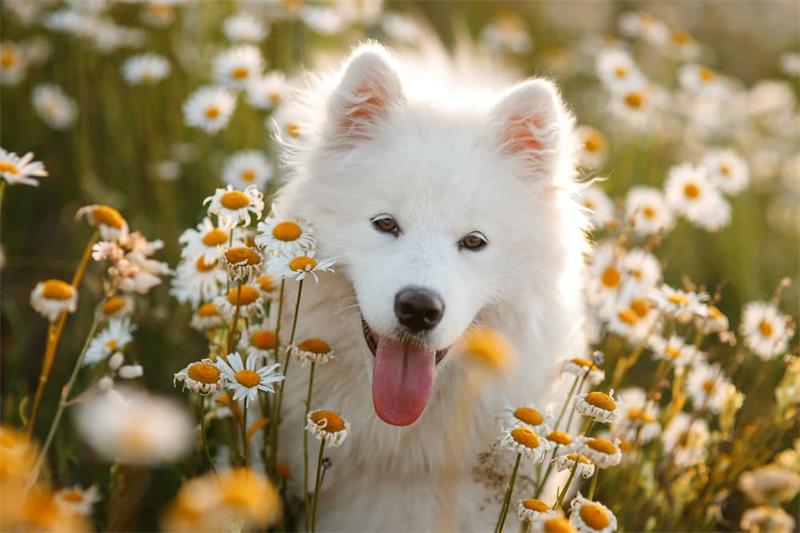
If the dogs that are bothering your flower gardens belong to your neighbors, you can try to talk to them politely and explain the problem. You can ask them to keep their dogs on a leash or in a fenced yard when they are outside. You can also offer to help them train their dogs or provide them with some repellents or barriers.
Keeping dogs out of your flower gardens might seem like a challenging task, but it is not impossible. With some patience and creativity, you can enjoy both your gardening hobby and your canine companionship.



